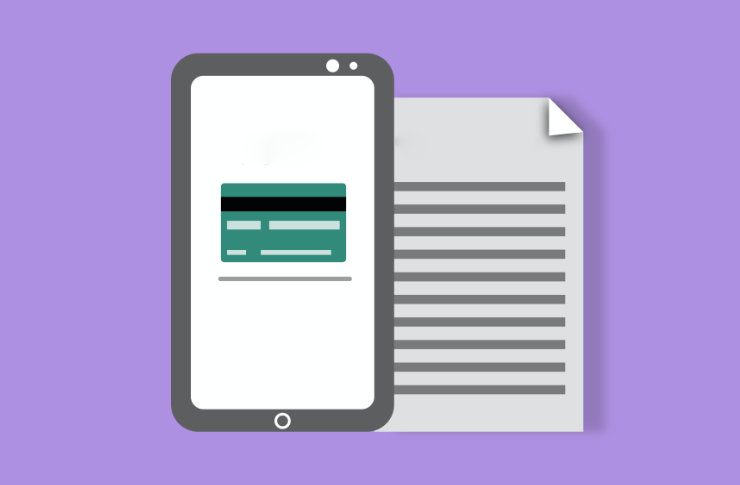Understanding Personal Loans: How They Work and When to Consider Them
Personal loans are a flexible borrowing option that can be used for various financial needs, from consolidating debt to covering major expenses. Before applying, it’s important to understand how personal loans work, what repayment terms typically look like, and which factors influence interest rates. This article explores key features of personal loans, eligibility considerations, and the differences between secured and unsecured options to help you make informed financial decisions.

How Personal Loans Work
Personal loans typically involve borrowing a lump sum from a financial institution, which is repaid with interest through fixed monthly payments. The loan terms usually range from one to seven years, with interest rates varying based on factors like credit score, income, and debt-to-income ratio. Borrowers receive the entire loan amount upfront and begin making regular payments that include both principal and interest.
Secured vs. Unsecured Personal Loans
Personal loans come in two main varieties: secured and unsecured. Secured loans require collateral, such as a vehicle or savings account, which the lender can claim if the borrower defaults. Unsecured loans don’t require collateral but typically have higher interest rates due to increased lender risk. Most personal loans are unsecured, making them accessible to borrowers without significant assets.
Factors That Affect Personal Loan Approval
Lenders evaluate several key factors when reviewing personal loan applications. Credit score plays a crucial role, with higher scores generally resulting in better interest rates and terms. Income stability and employment history demonstrate ability to repay. Debt-to-income ratio helps lenders assess whether borrowers can manage additional debt payments. Length of credit history and previous payment behavior also influence approval decisions.
Common Personal Loan Terms and Rates
Personal loan interest rates typically range from 6% to 36% APR, depending on various factors. Loan amounts commonly fall between $1,000 and $50,000, though some lenders offer larger amounts to qualified borrowers.
| Loan Type | Typical APR Range | Common Loan Amounts |
|---|---|---|
| Excellent Credit (720+) | 6% - 13% | $5,000 - $50,000 |
| Good Credit (690-719) | 13% - 20% | $5,000 - $35,000 |
| Fair Credit (630-689) | 20% - 27% | $1,000 - $20,000 |
| Poor Credit (<630) | 27% - 36% | $1,000 - $10,000 |
Prices, rates, or cost estimates mentioned in this article are based on the latest available information but may change over time. Independent research is advised before making financial decisions.
When to Consider a Personal Loan
Personal loans may be appropriate in several situations: consolidating high-interest debt, funding home improvements, covering emergency expenses, or financing large purchases. However, they should be approached carefully, considering the total cost of borrowing, including interest and fees. Borrowers should evaluate their ability to make regular payments and compare offers from multiple lenders before committing to a loan.
Personal loans can be valuable financial tools when used responsibly and for appropriate purposes. Understanding the application process, requirements, and potential costs helps borrowers make informed decisions about whether a personal loan aligns with their financial needs and goals.




